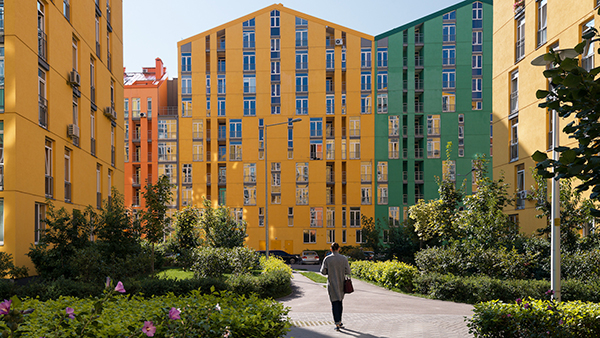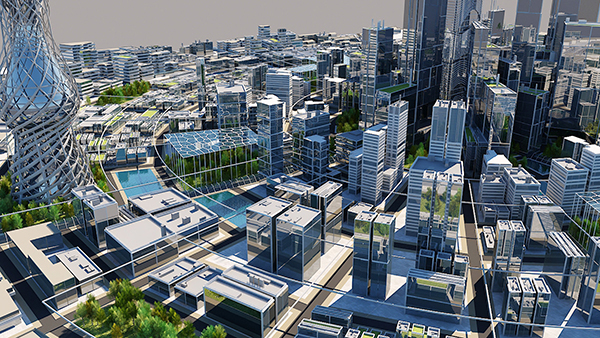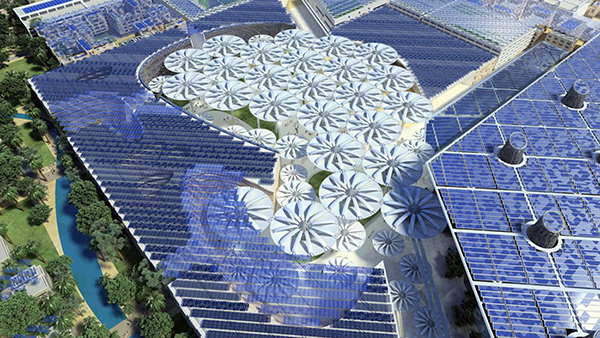Dear Bernie,
As the next President of the United States of America, and as one of the world’s leaders in times of global crisis, you will have to deal with many complex issues. From the thirty-three major items listed on your website, I will refer here only to the one titled “Housing for All.” In your program, it encompasses 10 million permanently affordable units at an estimated cost of $2.5 trillion dollars. This scope, big enough to generate many jobs, has ramifications that are much larger than just housing. It includes infrastructure for mobility, schools, hospitals, factories, sustainability, urban farming, and much more.
On Housing
The quantitative problem must confront some serious questions: what to build, where to build, and how to build. From the present US population of 330 million, the projection for 2050 is 440 million, that is, an additional 110 million people.If we calculate 2.5 people per dwelling unit, 44 million new dwelling units will be needed, at an average of about 1.5 million per year, for the next thirty years.
An increase in density is inevitable, but how? We don’t want to create high-rise housing monstrosities. Higher density does not necessarily mean high-rise buildings. Paris has a high density with only 4-5 floors of high buildings and large green areas. There are many ways of increasing urban density.
An easy one could be done with the stroke of a pen, by allowing an increase of density on single-family units. One could hit two birds with one shot by requiring that owners adding units to their properties must own electric cars that could be parked within their land or in public parking structures within walking distance.
Another way of dealing with density is mixed-use. Today, in most cities, it means commercial on the ground floor and residential above it. This approach could be expanded by including on the first 2-3 floors commerce, institutions, and working spaces for the residents living above. This would lower their dependence on commuting to work.
Where to build should be thought of as it relates to public mobility. At a macro level, a network of bullet trains throughout the country could influence the location of complex developments between the two coasts, and between Canada and Mexico. In cities, mobility should be based on a combination of walking, biking, public transportation, and shared cars.

How to build must confront the equation of scope-quality-cost. The key to deal with this equation is design quality. To raise the bar, a few actions are needed:
- Fund architecture R&D
- Educate the public about architecture and self-help.
- Define areas of experimental zoning, unconstrained by obsolete building regulations other than for safety and accessibility.
Beyond “Housing for All” in America
The wellness and security of the United States depend on the wellness of the planet. If America is to assume a leading role in dealing with a world expected to have a population of 10 billion by 2050, and of 12 billion by the end of the century, creating a large scope for the needs of the US can impact the rest of the world positively. One way of achieving this could be by creating a University of Planetary Management that would converge multiple disciplines in science, art, and technology. Eventually, such a university could have branches in various parts of the world.
I conclude this letter with two quotations. The first one is mine, published here on August 28, 2019:
“Bernie Sanders and Elizabeth Warren bring leadership qualities that could help to invent the future with a wide vision and with greater optimism. (…) Why Bernie as number one? Because he thinks like a statesman. His broad agenda fits not only America’s long list of needs but also a world starving for leadership and direction. Climate change, sustainability, inequality, the arms race are not just American issues; they are global. If approaching them creatively, the planet could be transformed positively beyond anything we can think of today. Architecture could then play a pivotal role.”
The second is yours. It was made during your rally in Venice, CA on December 21, 2019:
“If we have the vision of a just and humane society in front of us, when we stand together, when we fight together, there is nothing that we can not accomplish.”




